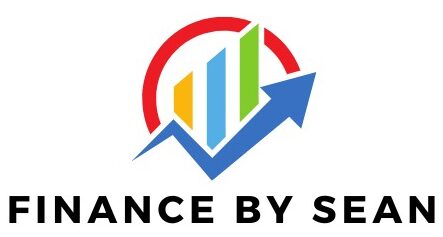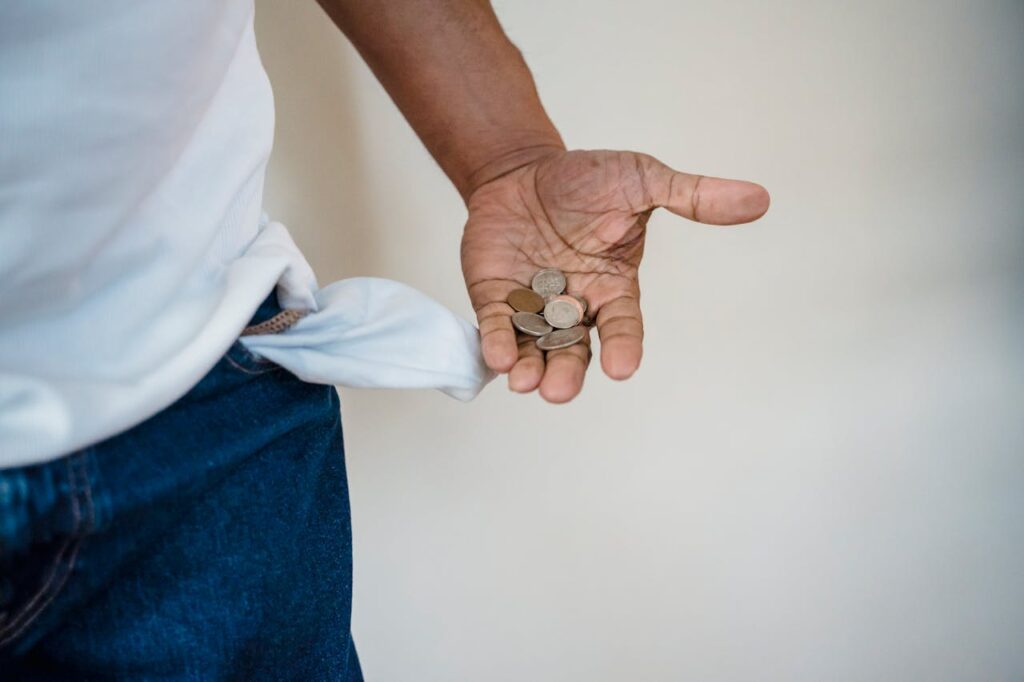Let’s be real—investing sounds exciting. Who wouldn’t want to watch their money grow while they sit back and sip coffee? But just because something is exciting doesn’t mean it’s the right move for everyone. Imagine diving into the deep end of a pool before learning how to swim.
Investing without the right foundation can feel the same—except instead of gasping for air, you might be gasping at your dwindling bank balance. So, when shouldn’t you invest? Let’s talk about it.
Table of Contents
- No Emergency Fund
- You’re in Debt
- You’re Planning a Big Purchase
- You’re Financially Not Ready
- You Lack Basic Investing Knowledge
- A Realistic Scenario: Why You Might Think You’re Ready—But You’re Not
- Conclusion
No Emergency Fund
Conventional wisdom (and common sense) tells us to have cash set aside for unexpected life events.
Imagine putting money into the market, and then—boom!—your car breaks down or you lose your job. If the market takes a downturn at the same time, you’re forced to withdraw at a loss.
Not only is this financially painful, but the psychological stress can also lead to making rash decisions, like panic-selling at the worst time. Before investing, secure at least 3-6 months’ worth of expenses in an emergency fund.
You’re in Debt
To be specific, you have high-interest consumer debt (think credit cards, payday loans). You might think, “I’ll invest and use my gains to pay it off!” But let’s do some math.
The average credit card APR is around 21%.
The average credit card balance in the U.S. is $7,236 per Lending Tree as of Q4 of 2024.
If you only pay $220 per month, it would take you 51 months(more than 4 years!) to pay off, with $3,721 in interest—totaling $11,021!!!
Here’s a calculator for you to check the numbers yourself!
Now, compare that to investing the same $7,300 at an 8% return for 4years. Your balance might grow to $9,931.57— also owing taxes on your gains.
If you do the numbers you’re at a loss(common sense math in the making: $9,931.57 – $11,021 = – $1,089.43)
Paying off debt first is like getting a guaranteed tax-free return. Plus, being debt-free relieves financial stress, which is priceless.
You’re Planning a Big Purchase
A house, a car, a wedding—big purchases require big savings. The average home down payment in the U.S. is at $67,500 as of June 2024
but the median savings for Americans under 35 is only $4,000 for a single person without children.
If you invest your savings and the market drops, you might delay your purchase or take out a bigger loan. Play it safe—keep money for big purchases in low-risk accounts like high-yield savings.
You’re Financially Not Ready
Investing is great, but if you don’t have a solid financial foundation, you’re setting yourself up for stress. If you:
Have no insurance (health, car, renters/homeowners)
Don’t have an emergency fund
Still, have bad debt …
then investing might not be your best move yet. Handle these first, then start investing with confidence.
You Lack Basic Investing Knowledge
Investing isn’t as complicated as some make it seem. You don’t need a PhD in finance, but you should understand basic principles like:
Index funds vs. individual stocks
Dollar-cost averaging (investing consistently over time)
Risk tolerance and portfolio allocation
The good news? There are countless free resources — YouTube, books, and blogs — to get you started. A little research can go a long way.
Scenario: Why You Might Think You’re Ready—But You’re Not
Meet Josh, a 28-year-old engineer. He makes $65,000 per year and recently started saving. He’s excited to invest, thinking it’s his ticket to financial freedom.
Josh’s Financial Situation:
Savings: $4,500
Credit Card Debt: $6,200 (APR 18%)
Monthly Expenses: $3,000
Emergency Fund: None
Goal: Buy a home in 2 years (needs ~$20,000 for down payment)
What Happens When He Checks the Steps Above?
❌ Emergency Fund? Nope. If his car breaks down, he’s in trouble.
❌ Debt-Free? Nope. He’s paying nearly $1,000 per year in credit card interest.
❌ Big Purchase? Not happening! Investing now might delay homeownership.
✅ Basic Investing Knowledge? He’s been learning—but knowledge alone isn’t enough if his finances aren’t ready.
Final Decision: Not Yet!
Instead of investing, Josh decides to:
✔ Build a $9,000 emergency fund (3 months of expenses)
✔ Pay off his $6,200 in debt
✔ Focus on saving for his home
By following this approach, he sets himself up for long-term success without unnecessary risk.
Conclusion
Investing is powerful, but timing is everything. If you:
Lack an emergency fund
Have high-interest debt
Need to save for big purchases
Are financially unprepared
Haven’t learned the basics
…it might be best to hold off for now. Focus on building a strong foundation first. When you’re truly ready, investing will feel less like a risk—and more like an opportunity.
Now, I’d love to hear from you: Which of these money-saving tips are the easiest or hardest for you to follow?
Drop a comment below and check out more personal finance tips at FinanceBySean.com!






